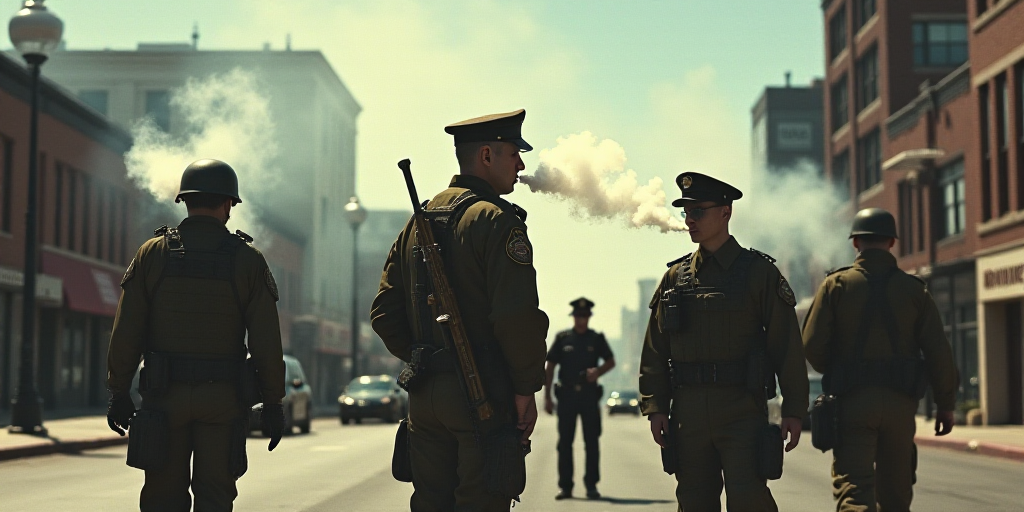Background on the Protests and Key Players
In June, protests erupted in Los Angeles due to frustration over Immigration and Customs Enforcement (ICE) raids targeting undocumented immigrants in Southern California, a predominantly Latino region. The demonstrations were largely peaceful but sometimes escalated into chaotic scenes, prompting President Trump to deploy 4,000 National Guard members and 700 Marines to the city. This decision was met with strong criticism from local authorities.
Who is Ida Sawyer?
Ida Sawyer, the director of crisis, conflict, and arms at Human Rights Watch (HRW), led the investigation into the police response during these protests. Her organization documented 65 instances of law enforcement officers injuring protestors and journalists, warning that the actual number is likely much higher.
Key Findings from HRW Report
- Excessive Force: HRW found that law enforcement used brutal, excessive, and unnecessary force against peaceful protestors and journalists.
- Types of Injuries: The report documented cases involving broken bones, bruises, a severed finger, and severe eye injuries. A photographer for AFP was shot in the face with a rubber bullet while covering a protest in downtown Los Angeles on June 14. At least three other journalists were also injured.
- Constitutional Rights: The U.S. Constitution guarantees freedom of expression and peaceful protest, protecting citizens from excessive force by law enforcement. California has laws restricting the use of “less-lethal” weapons during protests and safeguarding press rights.
Impact on Protestors and Journalists
The HRW report highlights the severe consequences faced by protestors and journalists during these demonstrations. Law enforcement’s excessive use of force resulted in numerous injuries, some of which were life-altering. Journalists covering the events were also targeted, with at least four reported injuries.
Legal and Policy Context
California has specific laws addressing the use of “less-lethal” weapons during protests, aiming to protect citizens’ rights. These regulations were put to the test during the Los Angeles demonstrations, raising questions about law enforcement’s adherence to these guidelines. The incidents also spark discussions on the balance between maintaining public order and upholding constitutional rights.
Key Questions and Answers
- Who conducted the investigation? Human Rights Watch (HRW) led an investigation into the police response during the Los Angeles protests.
- What did HRW find? HRW documented 65 instances of law enforcement officers injuring protestors and journalists, warning that the actual number is likely much higher.
- What types of injuries were reported? The report detailed cases involving broken bones, bruises, a severed finger, and severe eye injuries.
- What legal protections are in place? The U.S. Constitution guarantees freedom of expression and peaceful protest, protecting citizens from excessive force by law enforcement. California has laws restricting the use of “less-lethal” weapons during protests and safeguarding press rights.






